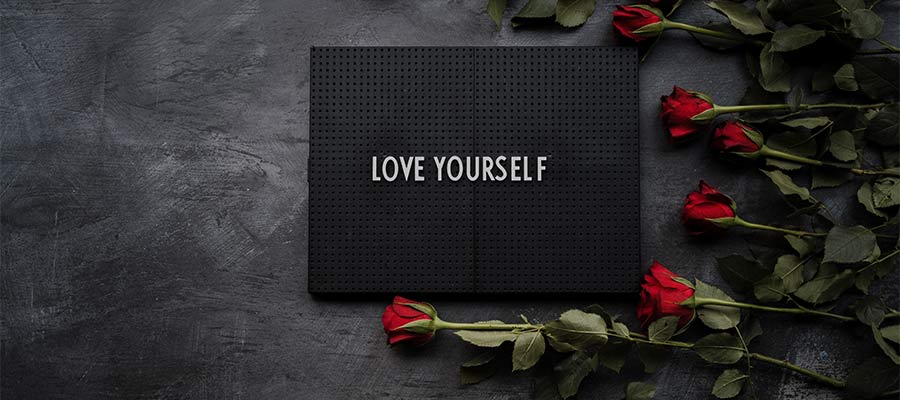The web design community is great at sharing knowledge. But quite often what we share has some prerequisites attached. You’d likely need to already be a web designer or developer to get something out of it. But what about beginners?
If you’re just starting your journey in web design, you may feel left out. With all the expert tutorials out there, it can be hard to know where to begin. It’s not the lack of information that is limiting. Rather, it’s the sheer amount of resources that can muddy the picture.
Web design is a vast subject. There are just so many different technologies to learn and paths to take. But those first steps when starting are universal.
And that’s our focus today. We’ll help to guide you towards becoming a web designer. Whether you want a professional career or to pick up a new hobby, there’s something here to get you on your way.
Learn HTML and CSS: The Foundations of Web Design
Both HTML and CSS have been around for a very long time. On that basis alone, it might be tempting to dismiss them. Yet, these languages have continued to evolve.
They are still the foundation of how websites are built. And a case could be made that they are as important as ever.
Semantic HTML5 structure is vital for things like search engine optimization. CSS3, meanwhile, helps to keep pages looking beautiful, lightweight, and interactive. Both languages also play a huge role in accessibility as well.
While there are plenty of tools out there that will write markup and styles for you, it’s still important to learn how HTML and CSS work. They’re more intricate than any WYSIWYG editor can properly convey.
It’s this foundational knowledge that will help you plan and build a better end product. Understanding the likes of grid layouts, media queries, and how HTML5 handles video is essential.
Don’t hesitate to dive in and learn all the things when it comes to these two.

Build and Maintain a Side Project (Or Two)
Creating a side project is one of the best ways to learn what web design is all about. Not to mention that it can also be a lot of fun.
Pick a subject that you’re passionate about. Maybe it’s books, music, or sports. Perhaps you want to build a community for other like-minded people. Whatever it is, jot down some simple goals for the project.
For example, think about how you want the site to look and what sorts of functionality you’ll need. What is it that you want to communicate with visitors? What actions should they take?
The great thing about this type of website is that you can go at your own pace. It’s often better to start small and enhance things over time. This will help you understand what it takes to maintain a website. You might even learn some lessons on how to build with the future in mind.
You’ll likely make mistakes and run into some roadblocks – but that’s part of the fun. It’s real-world experience, but without the pressure of working with clients.

Experiment with Systems, Frameworks, and Apps
When you’re first starting in web design, it’s tempting to simply go with the most buzzed-about items. That means signing up to work with the most popular CMS, the can’t-miss JavaScript framework, or that shiny new code editor.
And it’s certainly OK to go down that path. But there is so much more to do and see. Putting yourself in a bubble right from the start isn’t necessarily the best thing for professional growth. Besides, if you only ever use one particular tool, how do you know what separates the good from the great?
Take some time to try out different tools, whether on a project or just for curiosity’s sake. The experience you’ll gain will help you to develop your niche over time.
Plus, having experience with many apps, frameworks, and systems could come in handy. When it comes to technology, nothing lasts forever. The more varied your expertise, the better you’ll be able to roll with the changes.

Be Kind to Yourself
If you pay much attention to the web design community, you’ll undoubtedly come across the “rock stars” of the trade. These are the folks who look like they have it made. Their portfolios are full of high-profile, jaw-droppingly gorgeous projects. And they’re often thought leaders in the industry.
While seeing what these great designers are doing can be inspirational, it can also have the opposite effect and lower your confidence. Imposter syndrome is a real thing. The secret is that just about everybody feels this way at one time or another – even the glitterati.
Therefore, don’t be too hard on yourself if you run into difficulties. Whether it’s a bit of code that’s driving you mad or trouble grasping a concept, stick with it. Understand that struggles come with the territory and that hard work can pay off.
Most importantly, don’t feel that you have to measure up to anyone else. We’re all on a journey, and yours is unique.

Enjoy the Opportunity to Grow as a Designer
Taking the first steps towards becoming a web designer is an exciting, if uncertain, time. But even if you don’t fully know what you’re doing just yet, learn to embrace that feeling.
The truth is that you may feel that way again and again as you learn new tools and techniques – even years from now. Learning new things is a key part of the experience. So much of it is a trial-and-error process, but you’ll be better off having gone through it.
Find joy in the opportunity, and don’t be afraid of failure. Now, boldly move forth into the world of web design!
The post Advice for Beginners That Are Starting in Web Design appeared first on Speckyboy Design Magazine.

0 Commentaires